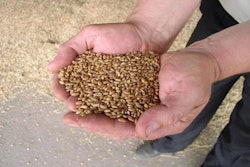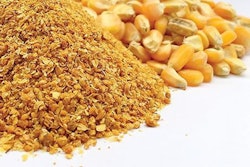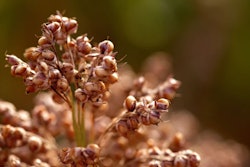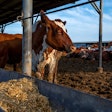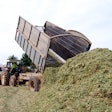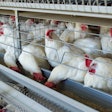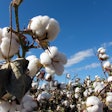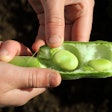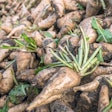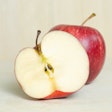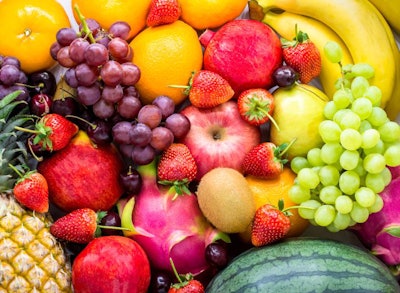
With no trade restrictions on fruit in the EU, it could be used as raw materials for feeding poultry and livestock.
There is no doubt we will have a shortage of feed-quality wheat, at least this and the next year. All animals in the European Union will be affected as wheat is a major staple ingredient, and Ukraine along with Russia have been the major exporters of wheat to the EU. So, we definitely need a plan B in case wheat becomes scarce or too expensive. This plan B can come from the EU fruit industry.
Fruits are cultivated throughout the EU, with apples being more prevalent in colder climates, and citrus in more temperate regions. But, with no trade restrictions, all fruits are circulated easily and fruit juice plants exist everywhere. All these fruit juice plants produce a tremendous amount of (seasonal) pulp that is often directed toward local dairy or beef feedlot operations. However, given the right monetary incentive, such byproducts can be dried and become readily available as raw materials for feeding pigs and poultry. Here is a short list of such dried ingredients:
- Citrus pulp. It contains about 60% peel, 30% pulp, and 10% seeds, but these numbers differ according to fruit being juiced. If pressed before being dried, their nutritive value (energy) is reduced as the pressed liquor contains sugar destined for molasses production. Unpressed dried pulp can be used up to 15% in diets for adult pigs and layers, and 5-10% in diets for young birds and pigs.
- Apple pomace. This is the equivalent of the above. It contains about 20% pectin, a highly fermentable – but viscous – fiber. Apple pomace is the major source material for pectin extraction. The raw material bought must be characterized properly as without its pectin, so the prebiotic effect of apple pomace will be nil. Full pomace can be used up to 10% in poultry feeds and up to 20% in pig feeds.
- Almond pulp. With the new trend of almond “milk,” there is a huge industry activity that leaves behind a significant amount of almond pulp. This is especially the case in the Mediterranean region where the majority of almonds are produced. Dried almond pulp (without any hulls or shells being added back) can be used again at similar rates in pigs and poultry, roughly around 5-15% – although actual research is scant at best.
- Tomato pulp. Despite common belief, tomatoes are fruits and tomato products are made almost everywhere. There is a great variety of products being left behind, mostly peels and seeds, although the seeds are often pressed for their oil. Again, not much research is available but, from commercial experience, using about 10% is a good rule of thumb to follow.
The big question is whether we can combine 5% of this, 10% of that, and 15% of another ingredient in the same formula to replace more wheat. In truth, there is no concrete answer as such research does not exist, not only for such exotic ingredients, but also for more common ingredients such as soybean, cottonseed, linseed and other such meals. In general, experienced nutritionists recommend using multiple ingredients but at rather conservative inclusion levels. That is, if we are to use three alternative fruit byproducts, it is best not to exceed the rule of 10% for each instead of going for higher level, even if such research exists. The main reason is the presence of any anti-nutritional factors that are not well identified, and secondly the lack of precise/accurate characterization of the digestibility coefficients for these newer ingredients. Having said that, wheat is one of the most variable cereals and this is one of the major reasons some nutritionists prefer never to use wheat.


